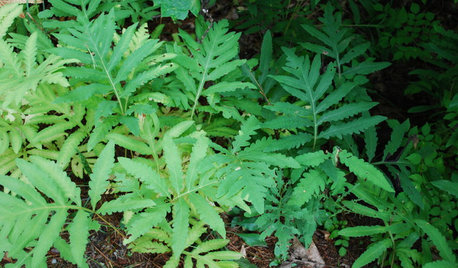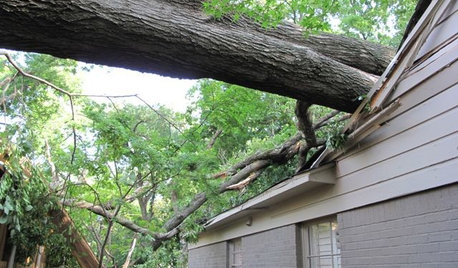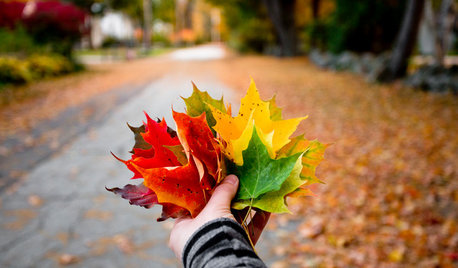Sensitive to leaf damage
greedygh0st
10 years ago
Related Stories

LIGHTINGWildlife-Sensitive Ways to Light a Coastal Landscape
Reduce harm to land and sea creatures by choosing the right light sources and placing them thoughtfully
Full Story
GARDENING GUIDESGot Frost-Damaged Plants? How It Happens, and When and How to Prune
Crispy brown leaves are a sure sign that Jack Frost has been to your neighborhood
Full Story
GARDENING GUIDESGreat Design Plant: Sensitive Fern Shows Its Strengths
Wondering what will thrive in your wet, shady garden? It’s Onoclea sensibilis to the rescue
Full Story
RUGSPrevent Slips and Floor Damage With the Right Rug Pad
Here's what to know about sizes, materials, costs and maintenance of this important companion to your area rugs
Full Story
HOUZZ TOURSMy Houzz: Twister Damage Sparks a Whole Ranch Remodel
A Dallas couple transforms their traditional rambler into a bright, family-centered haven after a tornado
Full Story
DECORATING GUIDESA Glimmer of Gold Leaf Will Make Your Room Shine
Make a unique, unexpected statement in any space with this precious metallic finish
Full Story
TRAVEL BY DESIGNHouzz TV: Take a Leaf-Peeping Road Trip in New England
Ride along with a Houzz contributing photographer to see gorgeous autumn eye candy from New York to New Hampshire
Full Story
MONTHLY HOME CHECKLISTSYour Fall Home Maintenance Checklist
Prep your house and yard for cold weather with this list of things to do in an hour or over a weekend
Full Story
DECORATING GUIDES10 Ways to Update a Victorian Living Room
Bring your period living room sensitively into the 21st century with these simple yet effective design tricks
Full Story
GREAT HOME PROJECTSHow to Give Your Driveway and Front Walk More Curb Appeal
Prevent injuries and tire damage while making a great first impression by replacing or repairing front paths
Full StorySponsored






vermonthoyas
greedygh0stOriginal Author
Related Professionals
Windham Landscape Architects & Landscape Designers · Fitchburg Landscape Architects & Landscape Designers · Salem Landscape Architects & Landscape Designers · Bridgeview Landscape Contractors · Centereach Landscape Contractors · Commack Landscape Contractors · Cudahy Landscape Contractors · Davidson Landscape Contractors · Melrose Landscape Contractors · Sammamish Landscape Contractors · St. Louis Landscape Contractors · Waterford Landscape Contractors · Wells Landscape Contractors · Goldenrod Landscape Contractors · Casselberry Landscape ContractorsDenise
greedygh0stOriginal Author
greentoe357
greedygh0stOriginal Author
greedygh0stOriginal Author
greedygh0stOriginal Author
greentoe357
Liberated
greedygh0stOriginal Author
Liberated
greedygh0stOriginal Author
Liberated
greedygh0stOriginal Author
greentoe357